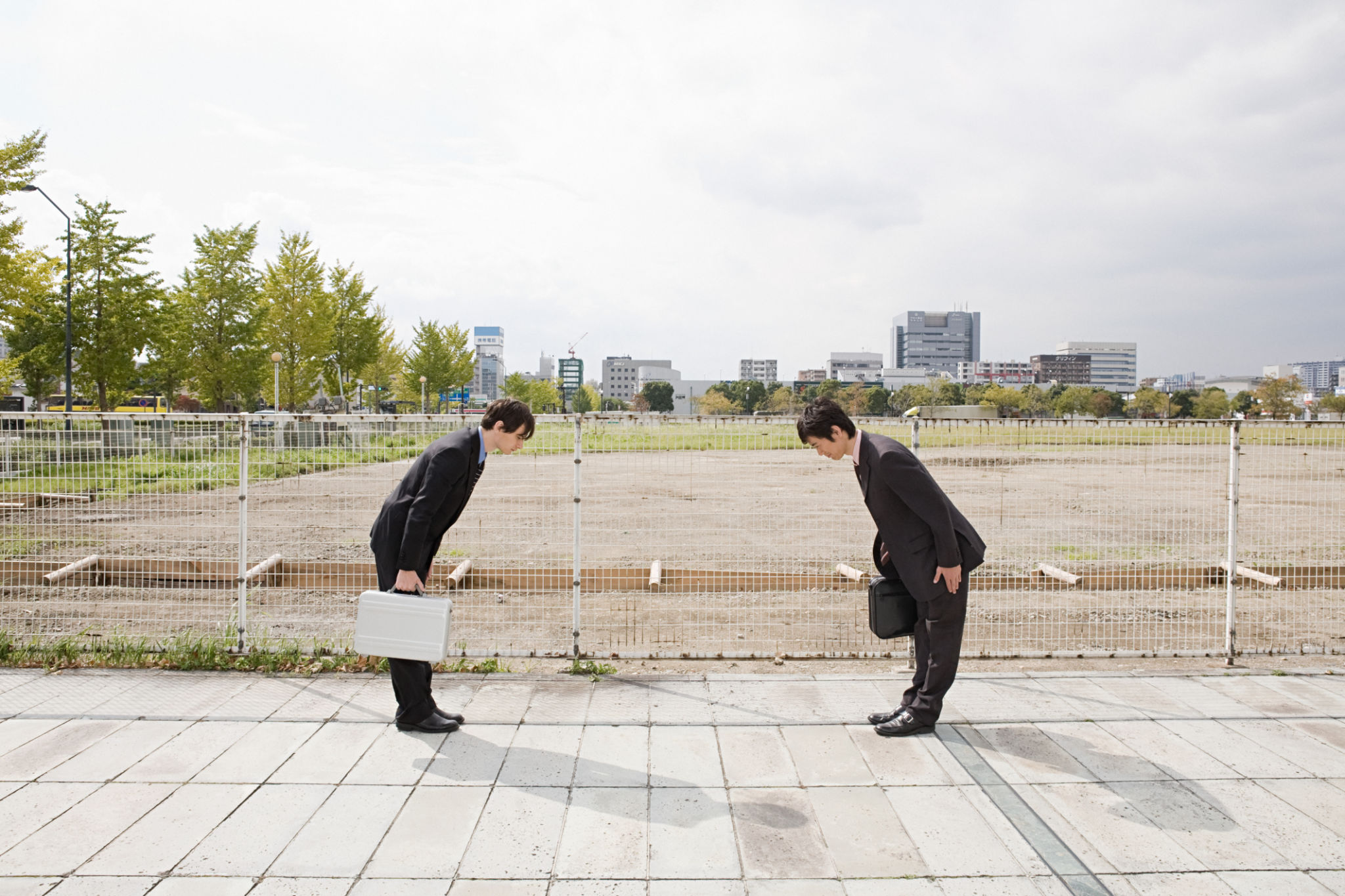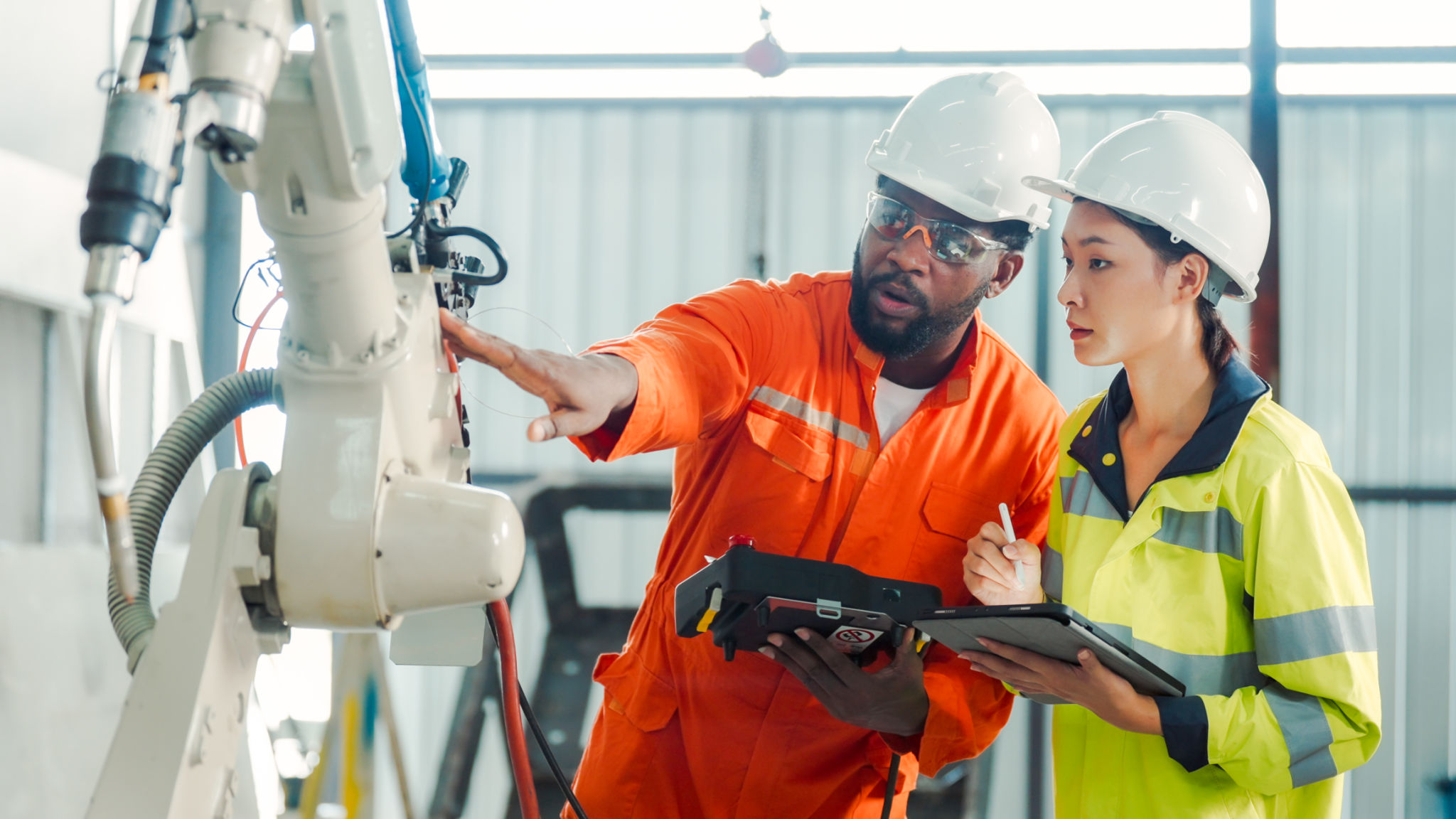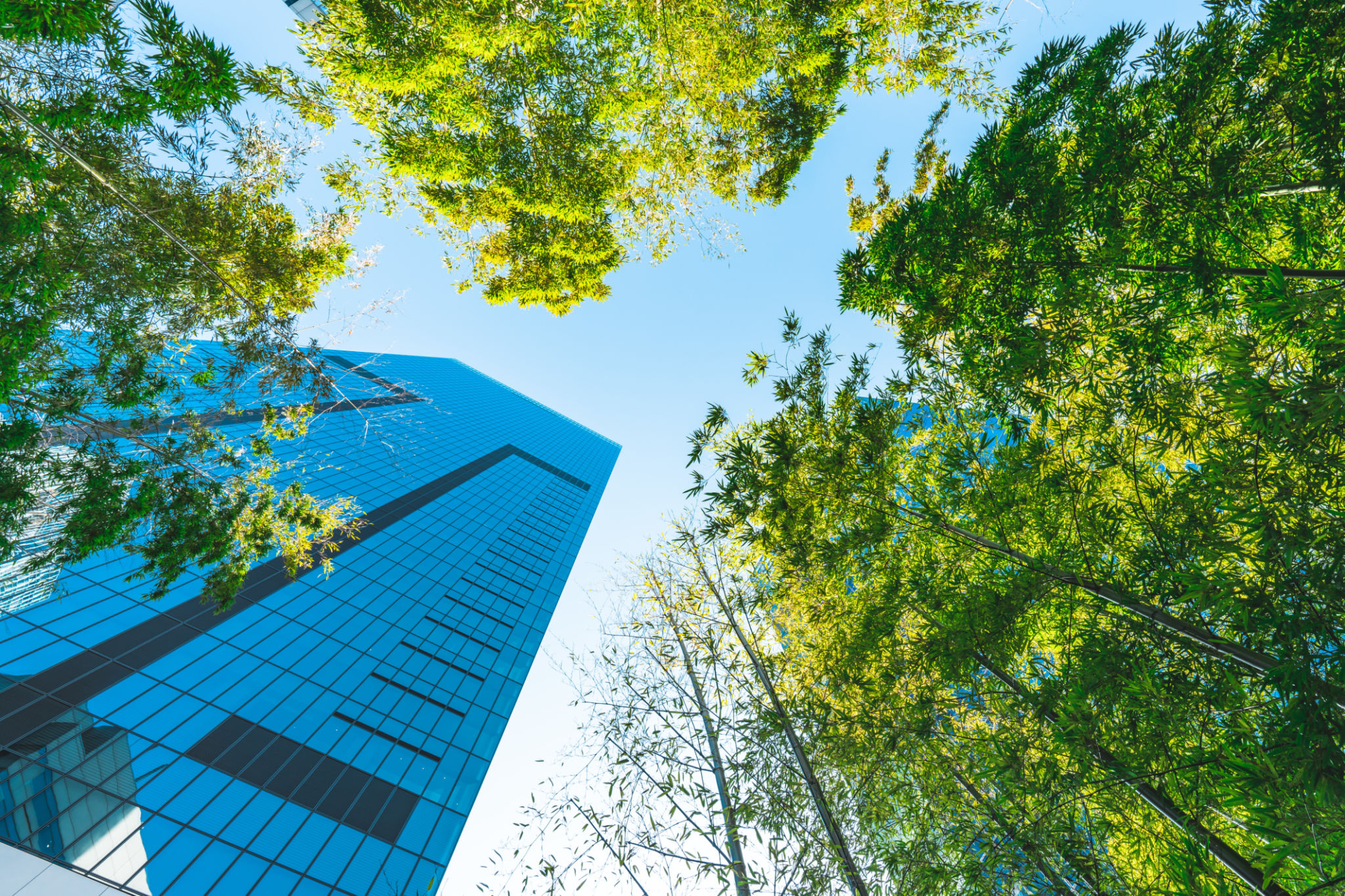Debunking Common Myths About the Construction Industry
Understanding the Construction Industry
The construction industry is often misunderstood, with numerous myths and misconceptions surrounding it. These myths can deter potential workers, clients, and investors from engaging with this crucial sector. In this blog post, we aim to debunk some of the most common myths about the construction industry and provide a clearer picture of its reality.

Myth 1: Construction Jobs Are Low-Skill
A prevalent myth about the construction industry is that it only offers low-skill jobs. This perception couldn't be further from the truth. While there are entry-level positions that require minimal prior experience, many roles in construction demand specialized skills and knowledge.
For instance, architects, engineers, project managers, and skilled tradespeople like electricians and plumbers all require extensive training and expertise. These professionals are crucial to the successful completion of construction projects, highlighting the industry's need for a highly skilled workforce.
Training and Certification
Many construction roles require specific training and certification. Various apprenticeship programs and educational pathways are available for those interested in pursuing a career in construction, providing both theoretical knowledge and practical experience.

Myth 2: Construction Work Is Unsafe
Another common myth is that construction work is inherently unsafe. While it's true that there are risks involved, safety standards in the industry have significantly improved over the years. Companies are now more committed than ever to ensuring the safety of their workers.
Strict safety regulations and guidelines are enforced on construction sites to minimize risks. Workers receive comprehensive safety training, and companies invest in advanced safety equipment and technology to protect their teams.
Innovation in Safety
Innovations such as drones for site inspections and wearable technology to monitor worker health are revolutionizing safety standards in the construction industry. These advancements help prevent accidents and ensure a safer working environment for everyone involved.

Myth 3: Construction Is Environmentally Unfriendly
There is a growing concern about sustainability and environmental impact across all industries, including construction. A common misconception is that construction is inherently harmful to the environment. However, the industry has made significant strides in adopting sustainable practices.
From using eco-friendly materials to implementing energy-efficient building designs, many companies are prioritizing sustainability in their projects. Green building certifications, such as LEED, encourage environmentally responsible practices and promote the use of renewable resources.
Green Construction Practices
Some examples of green construction practices include using recycled materials, installing renewable energy sources like solar panels, and focusing on water conservation techniques. These efforts contribute to a more sustainable future while still meeting the demands of modern construction.

Conclusion: A Diverse and Dynamic Industry
The construction industry is far more diverse and dynamic than many people realize. By debunking these common myths, we hope to shed light on the true nature of the industry and its potential for growth and innovation.
Whether you're considering a career in construction or looking to invest in this sector, understanding its realities can help you make informed decisions. Embracing the facts over myths not only benefits individuals but also contributes to a more accurate perception of one of the world's most essential industries.
